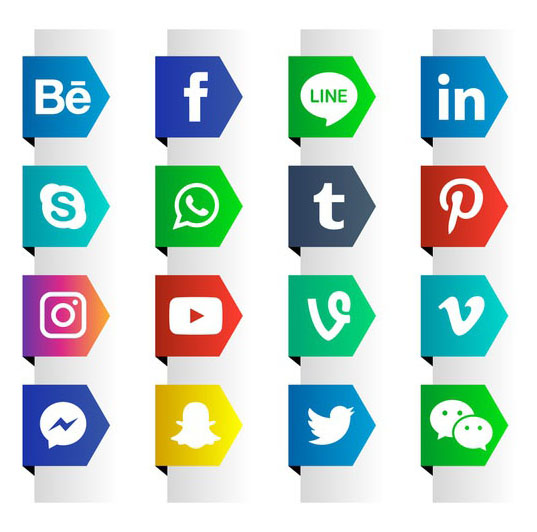
In today’s competitive job market, offering robust employee benefits is more than just an added perk; it’s a key factor in attracting and retaining top talent. Companies that understand the value of comprehensive benefits packages not only boost employee satisfaction but also foster loyalty and enhance overall productivity. If you are exploring ways to strengthen your workforce, learn more about employee benefits here to discover options that go beyond the basics and truly support your team’s well-being.
Understanding Employee Benefits
Employee benefits refer to the variety of non-wage compensations provided to employees in addition to their regular salaries. These can include health insurance, retirement plans, paid time off, wellness programs, and professional development opportunities. While salary is often a primary motivator for job seekers, studies show that employees place significant value on benefits that enhance their financial security, health, and work-life balance. Companies that invest in comprehensive benefit programs often see increased engagement, reduced turnover, and improved workplace morale.
The Importance of Health and Wellness Programs
Health insurance remains one of the most sought-after employee benefits. Beyond standard medical coverage, progressive organizations are now integrating wellness initiatives such as gym memberships, mental health resources, and preventative care programs. These efforts not only improve employee health but also reduce absenteeism and lower long-term healthcare costs for employers. Wellness programs signal that a company genuinely cares about the physical and emotional well-being of its staff, creating a positive workplace culture that can attract high-caliber talent.

Retirement and Financial Security Benefits
Providing retirement plans, such as 401(k) or pension programs, demonstrates a company’s commitment to long-term employee stability. Offering matching contributions or financial planning resources helps employees plan for their future, reducing stress and increasing satisfaction. Financial wellness programs, including debt management counseling and budgeting tools, also empower employees to make smarter financial decisions, which can translate into higher productivity and engagement at work.
Paid Time Off and Flexible Work Arrangements
Paid time off (PTO) is another crucial benefit that enhances work-life balance. In addition to vacation and sick leave, many organizations now offer personal days, mental health days, and parental leave. Flexible work arrangements, such as remote work or adjustable schedules, have also become highly valued, particularly in the wake of global workforce shifts. Employees who feel supported in balancing personal and professional responsibilities are more likely to be loyal, motivated, and productive.
Professional Development and Career Growth
Investing in employee growth is a strategic approach that benefits both the workforce and the organization. Offering training programs, educational assistance, mentorship, and opportunities for internal advancement helps employees enhance their skills and advance their careers. This not only boosts morale but also reduces turnover by creating a clear pathway for professional growth within the company. Organizations that cultivate continuous learning are better positioned to innovate and adapt in today’s rapidly evolving business environment.

Customized Benefits for Diverse Needs
Modern workforces are diverse, and employees have different priorities and life circumstances. Some may prioritize family leave, while others seek wellness programs or educational support. Companies that offer flexible, customizable benefits packages allow employees to select options that best suit their needs. This approach increases satisfaction and demonstrates inclusivity, showing that the organization values each employee as an individual rather than a one-size-fits-all solution.
Technology and Benefits Management
Advancements in technology have made managing employee benefits more efficient and transparent. Platforms that allow employees to enroll, track, and adjust their benefits online simplify the administrative process and enhance engagement. Clear communication about available benefits, eligibility, and usage ensures that employees maximize the value of their benefits package. Companies that leverage technology to streamline benefits management create a smoother experience for both HR teams and employees.
Measuring the Impact of Benefits
To understand the true value of employee benefits, organizations should track metrics such as retention rates, employee satisfaction, and productivity levels. Surveys, feedback sessions, and utilization reports provide insights into which programs are most effective and where improvements can be made. Regularly reviewing and updating benefits ensures that the organization remains competitive in attracting talent and continues to meet the evolving needs of its workforce.

Conclusion
Employee benefits are far more than a supplementary perk; they are a strategic tool for building a motivated, loyal, and high-performing workforce. From health and wellness programs to retirement plans, flexible work arrangements, and professional development, every aspect of a benefits package contributes to employee satisfaction and organizational success. Companies that prioritize benefits create an environment where employees feel valued, supported, and empowered to thrive. Exploring the wide range of available options can make a substantial difference in attracting and retaining top talent, fostering loyalty, and maintaining a competitive edge in the modern workplace.


